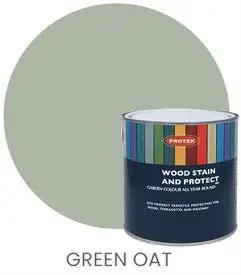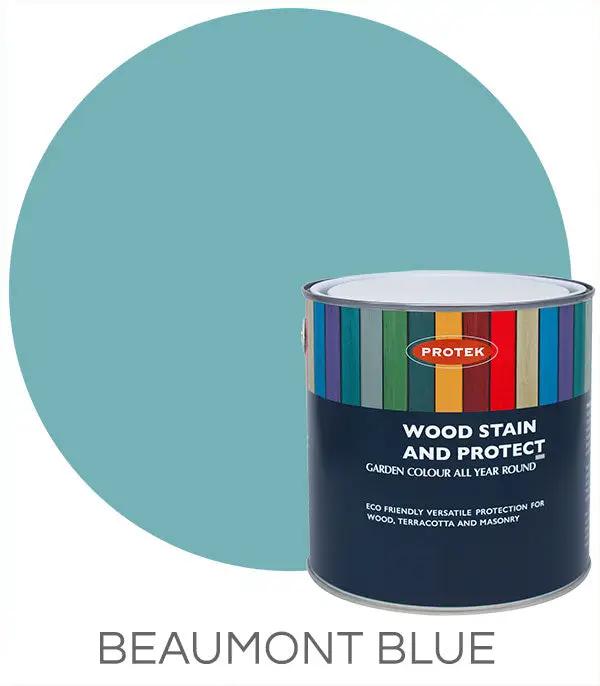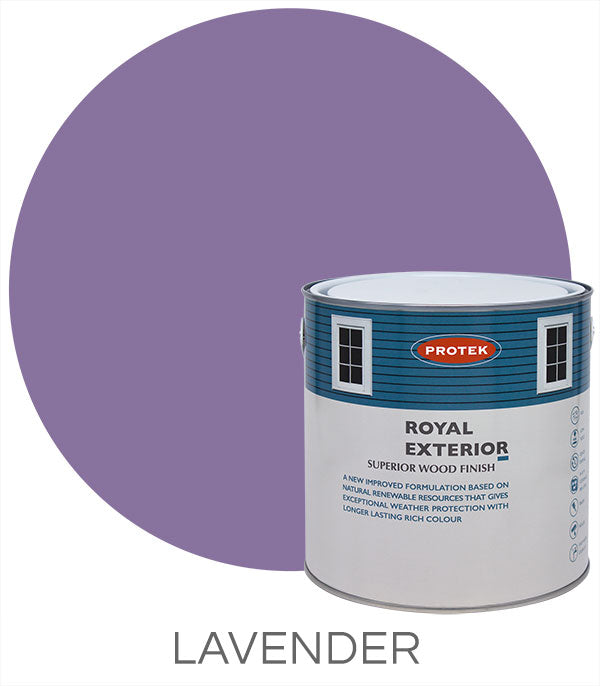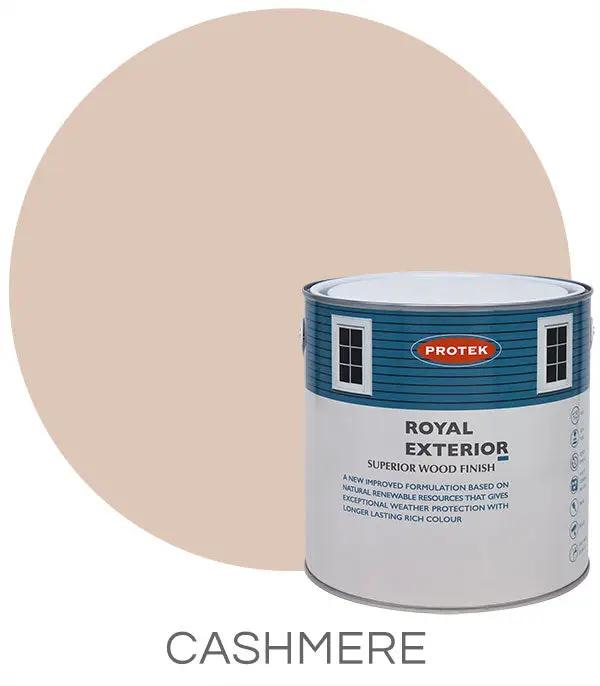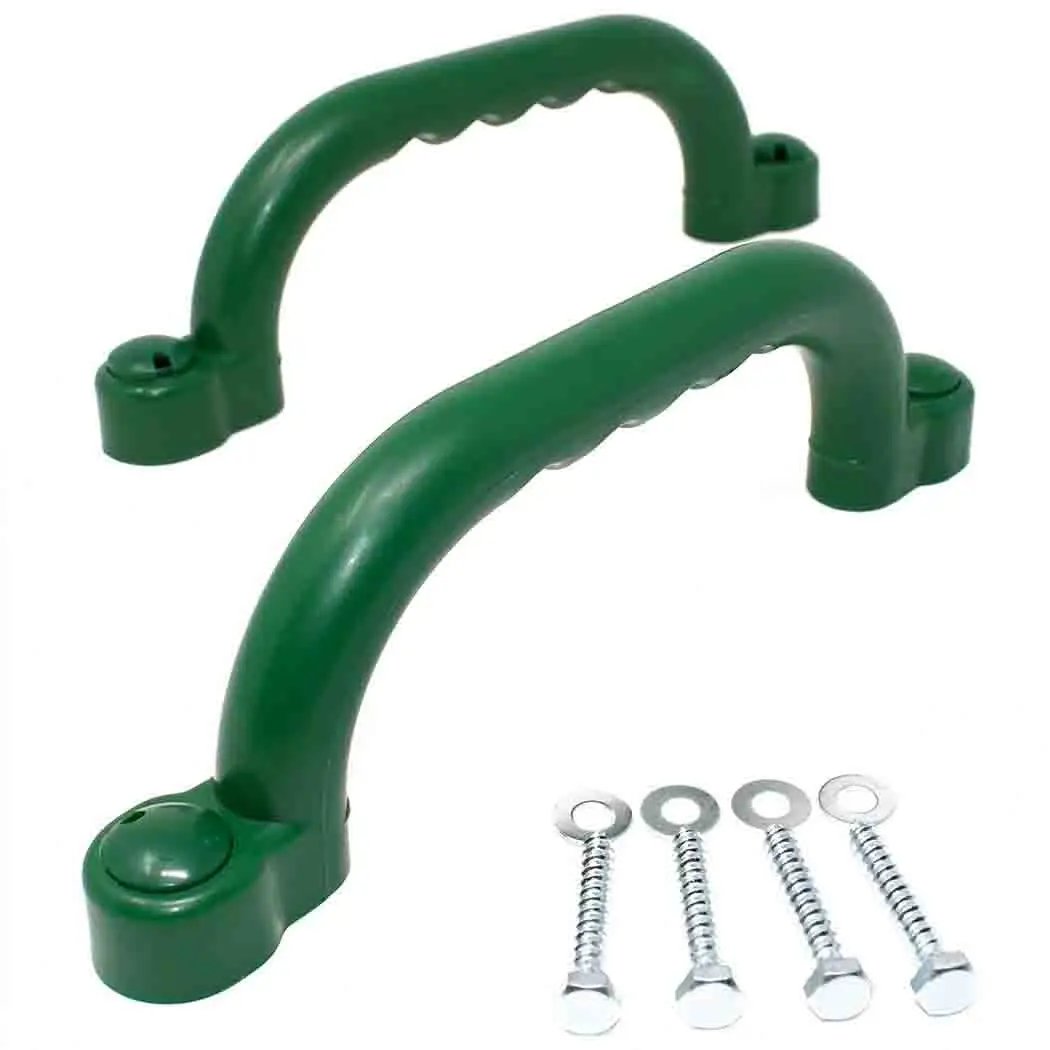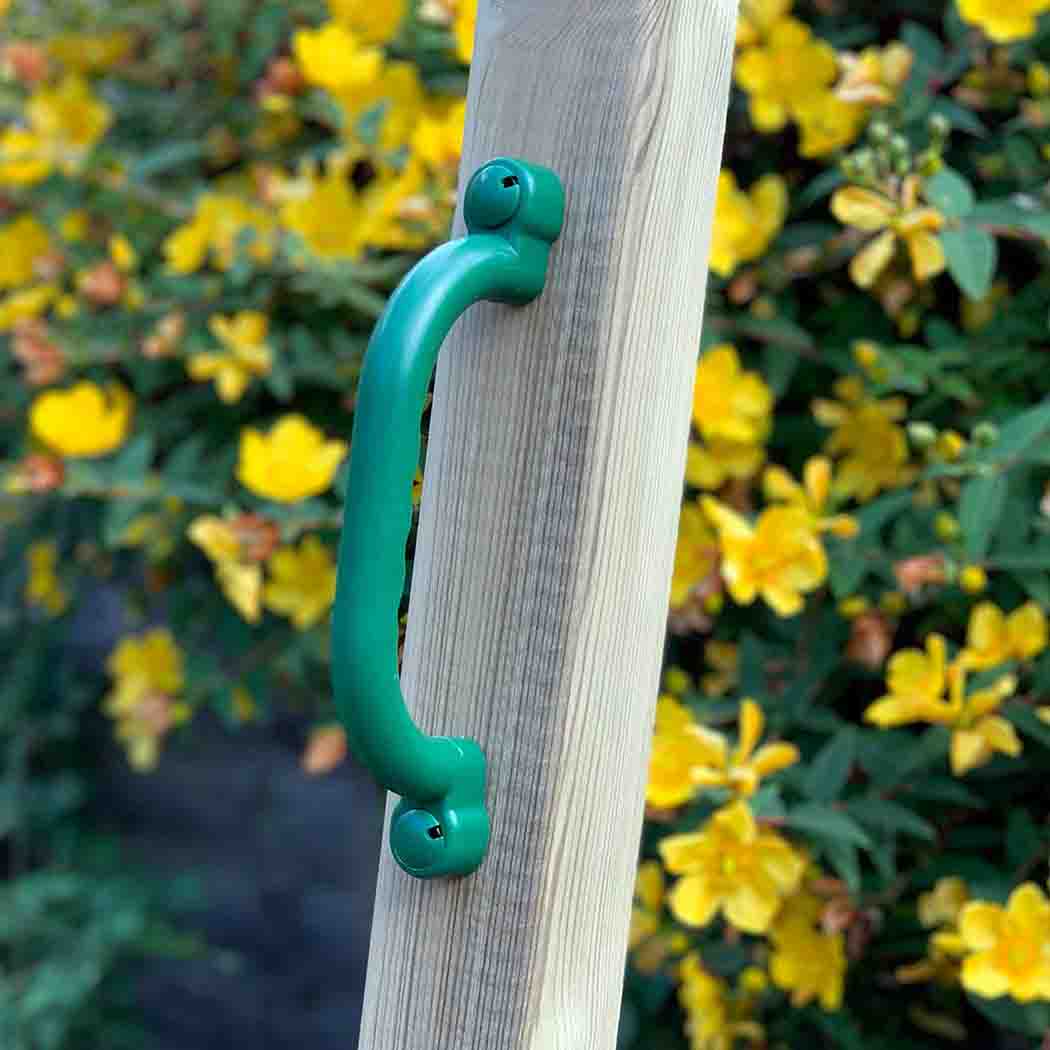This store requires javascript to be enabled for some features to work correctly.
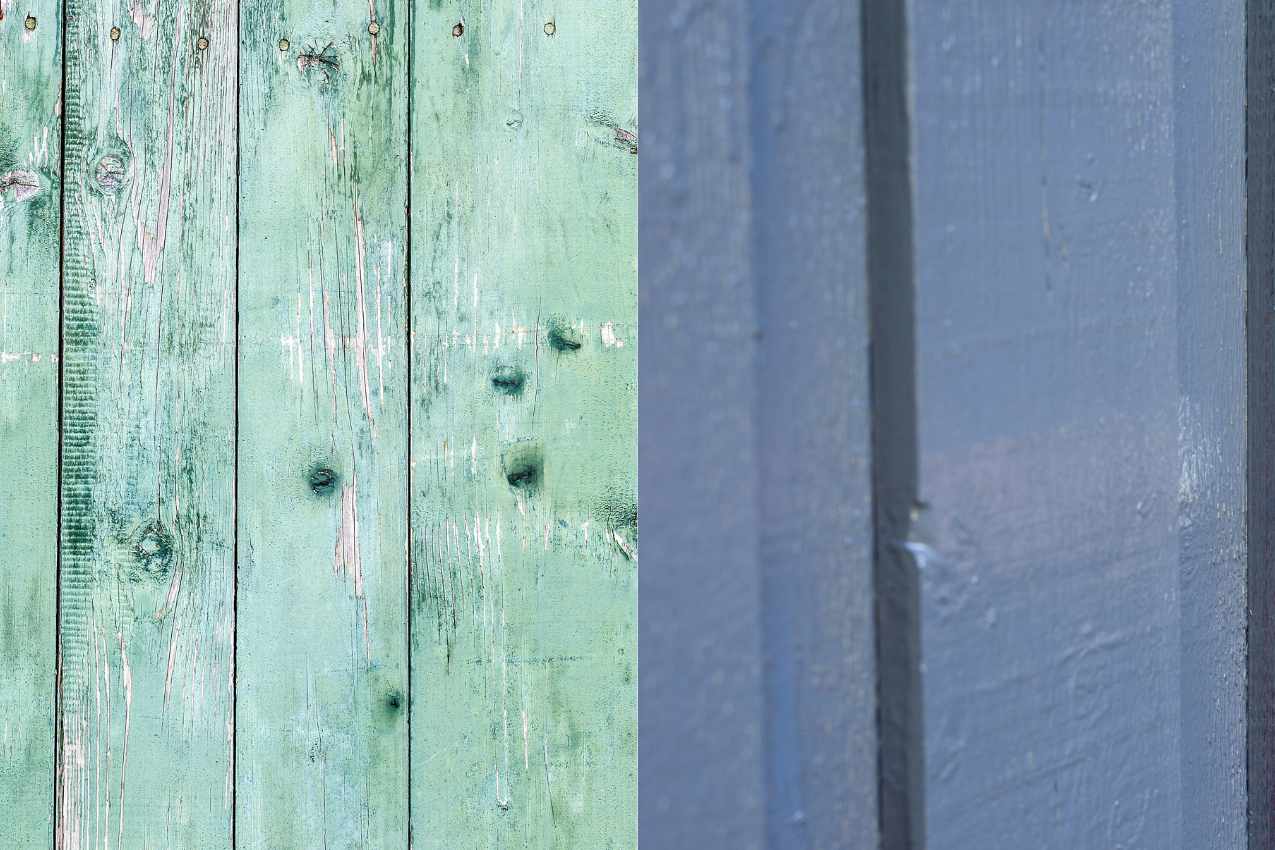
Different types of paint will give you a different finish, so it's best to decide which type of finish you'd like first.
A wood stain is absorbed into the wood rather than covering it, so the colour looks very transparent and shows the lovely natural grain patterns and shades in the wood.
Paint coats the wood so the shades in the grain aren't as visible but this still beautifully highlights the patterns, with added coats covering more.
Stain is often matte, whereas paint is available in a matte, satin or gloss finish. A matte finish gives an even and flat appearance whereas satin has a slight sheen or shine. Matte and satin highlights the beautiful wood grain, whereas gloss will give a thick and shiny finish which covers the grain.
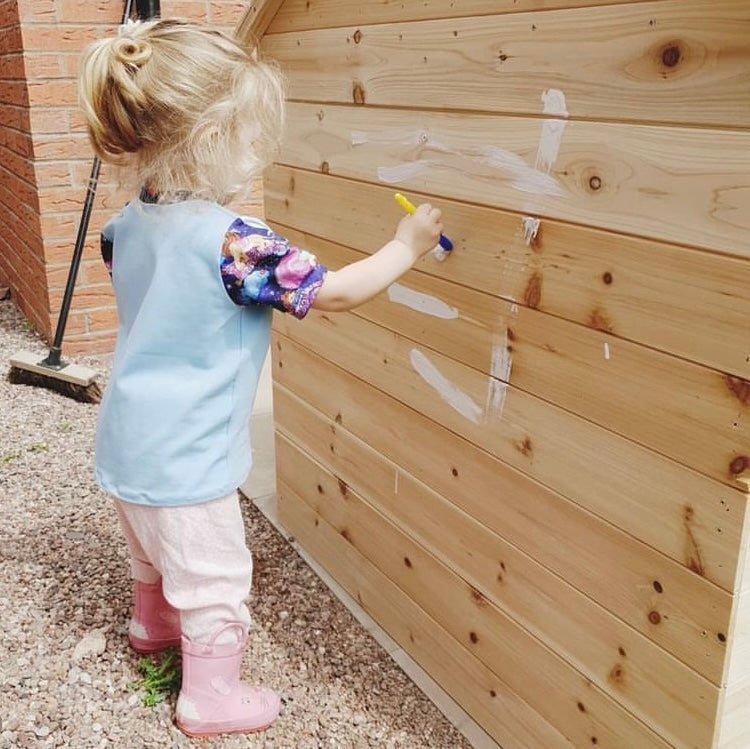
Letting the little ones be involved in choosing the paint colour for their new home can be a really exciting activity.
Pastel and neutral colours blend beautifully into garden settings and create cosy homes, while bright and bold colours can feel really exciting ready for lots of imaginative play...
We've chosen a mixture of beautifully bright two-tone and three-tone colour schemes for our playhouses, with different colour trims and finials. We think our pops of colour with a few little details kept natural creates homely and exciting dens.
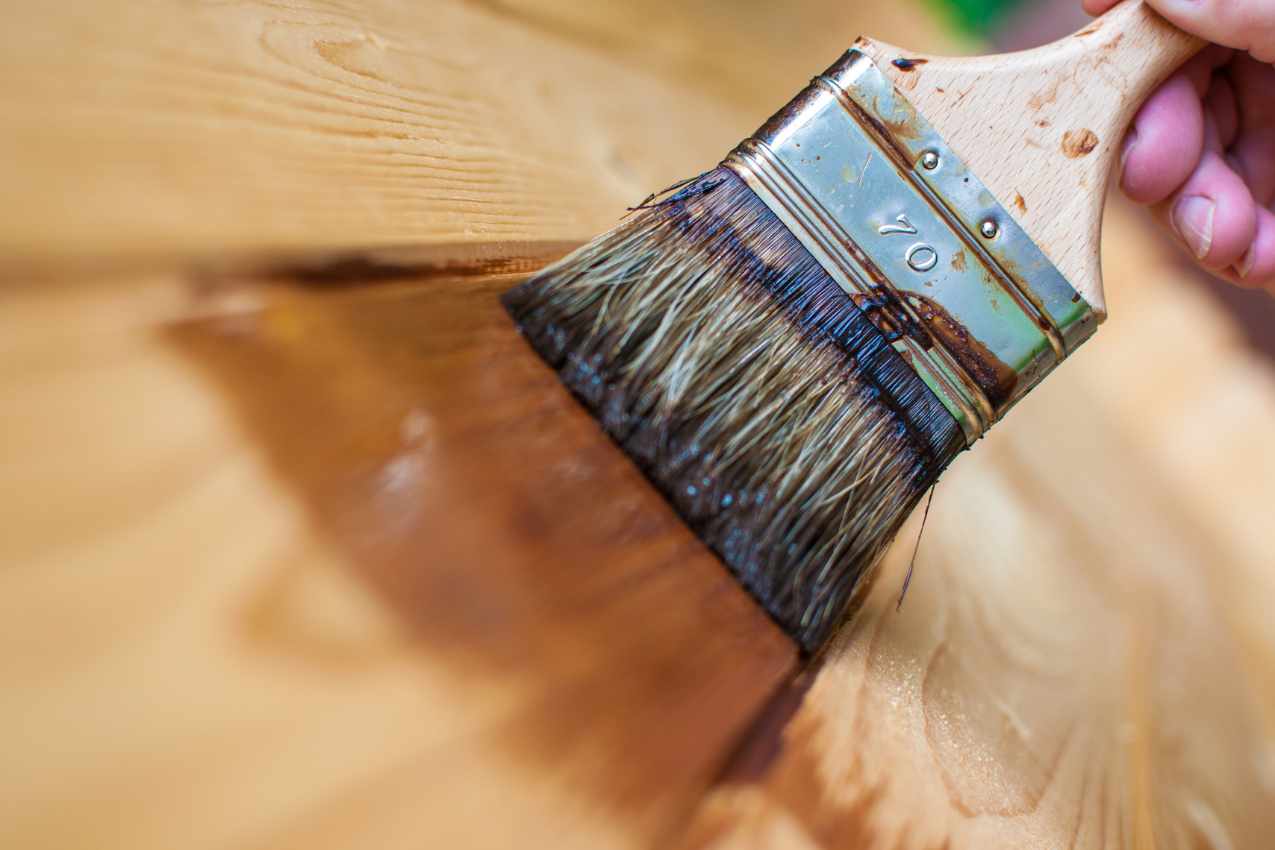
Firstly, give the wood a quick brush down to remove any dust or dirt that may interfere with the paint. A brush from a dustpan set is an ideal size for quickness. If you've had the playhouse for a while, you might like to wipe the wood down with a damp cloth, but make sure it's completely dried out before starting to paint. Make sure dust and dirt is removed from the windows and window edges too, otherwise grit can get caught in your paint brush.
Some paints require more preparation than others so it's important to read the guidelines on the tin. Generally, if the playhouse has been painted before you'll need to sand down the surface slightly to help the paint hold, particularly if gloss has been used previously.
Most exterior wood paints don't require a primer to be used first, but check the instructions on the tin before you begin. Most primers are oil-based so you'll need White Spirit to clean your brush.
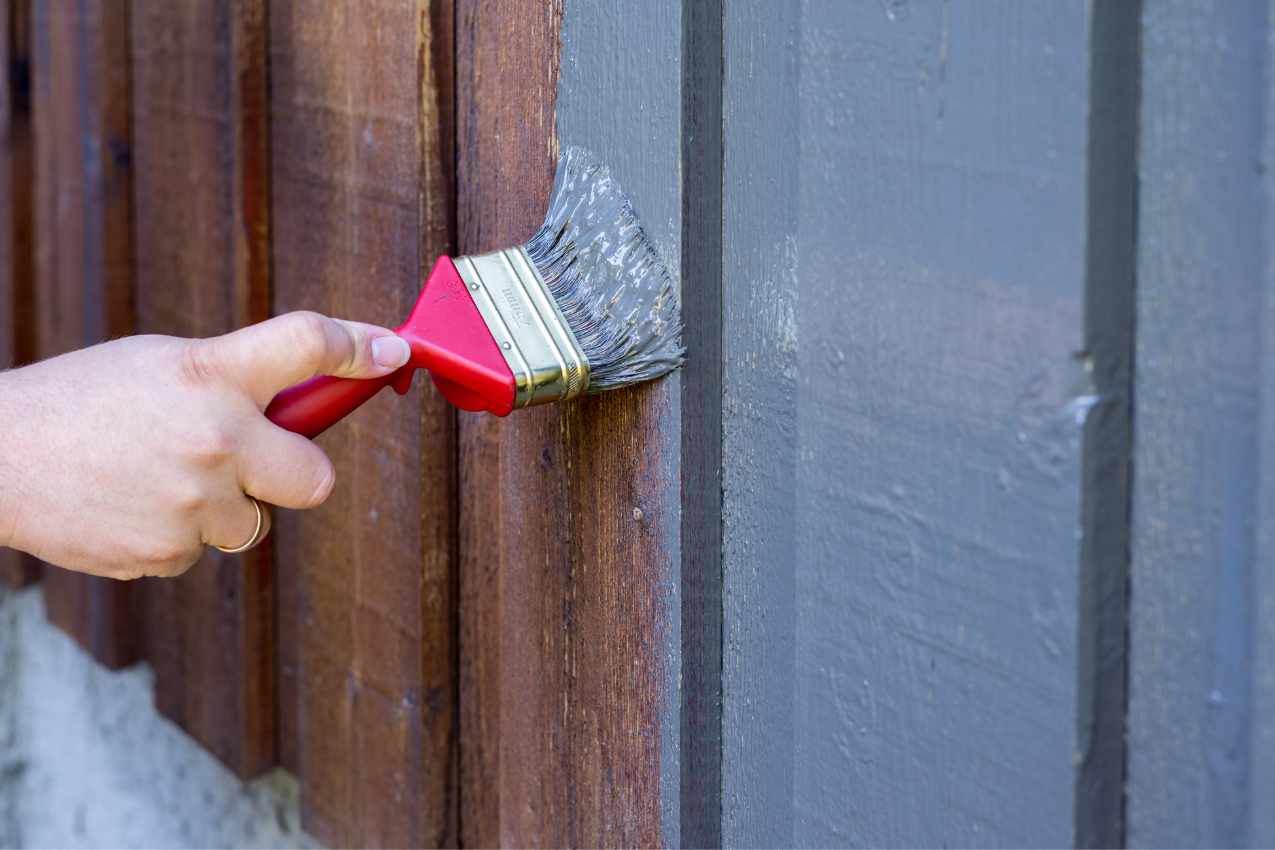
Cut-in carefully around window frames and edges with a smaller brush before filling in the larger sections with a bigger brush, as this keeps the edges neat. This is particularly useful if you're using multiple colours as it stops them from overlapping.
Use masking tape around the edges of the windows to stop any splashing or wobbly lines. This also works well for keeping straight lines between the panels if you're using multiple colours.
Using a wider and flat brush, fill in the larger sections following the direction of the wood grain.
Repeat this to apply a second coat to even out the colour.
Once these larger sections are dry, use a smaller brush to paint any trims or features you'd like in a different colour, again following the direction of the wood grain. Add a second coat to really make the colour 'pop'.



